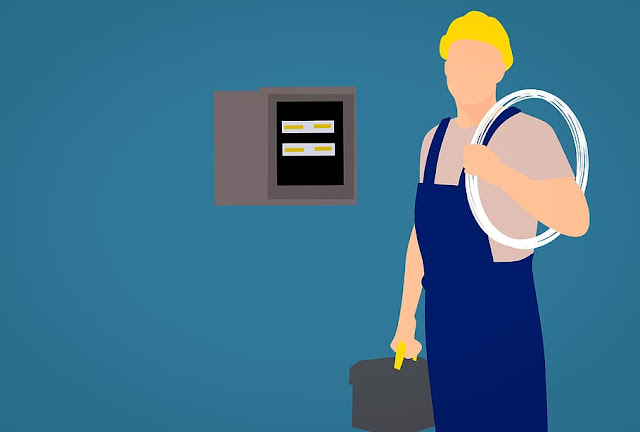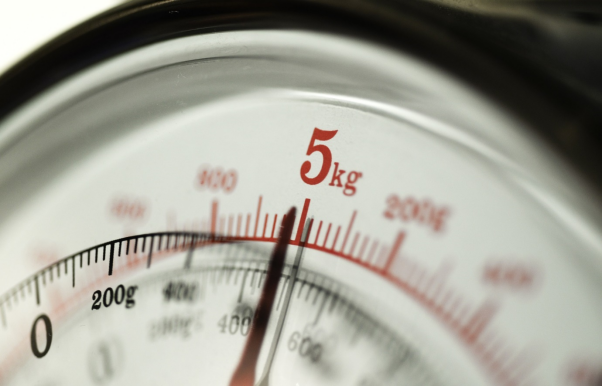A Rundown of the Oil Drilling
The oil drilling industry is a rapidly growing sector in the global economy. In addition to contributing a vast amount of revenue every year, the global growth rate for oil drilling has been forecasted to continue rising every year. The oil drilling process is a complicated one. It involves many different steps and components to ensure that it is effective and profitable for the company.
This article will give you an overview of the entire process from start to finish, including what happens after a well is drilled.
1. What is Oil Drilling?
The first thing you need to know about oil drilling is that it's not as easy as it seems. It takes years of training and experience to be able to do the job right. Anyone who has watched an episode of "Drill Baby Drill" on The Discovery Channel knows that there are many steps involved in getting the oil out of the ground, transporting it, and processing it into usable commodities by using different drilling instruments. There are also hundreds or even thousands of people involved in each step.
Oil drilling is one of those things which seems like a very simple process until you start looking at all the details involved
2. Methods of Oil Drilling:
There are two types of oil drilling methods. One is surface drilling, which is used to drill shallow wells for producing oil and gas. Surface drilling is done by contractors who specialize in this digging. The other method is termed deep-water drilling, where the depth easily exceeds 1,500 meters. This process involves using submersible rigs that are lowered into the sea on top of the water using vessels with cranes or barges.
3. Drilling Process:
The oil and gas industry covers various operations, from exploration and production to refining and marketing. The drilling rig is an integral part of any oil operation, as it's used to bore holes into the earth to extract natural resources. The first step is to find oil. Oil drilling is often done by geologists and geophysicists who use seismic data about the structure of the earth's surface and subsurface and other geological information to identify possible locations for oil reservoirs and traps.
A drilling rig is not just one single item; rather, it's a complex assembly that includes many different types of equipment. Each component serves a different purpose in the drilling process, but they all come together via pipes and custom cables to form a single working unit called an oil rig.
Check out Contact Instruments' products and services to learn how they can help you get your drilling business off the ground with their drilling rig services and advanced drilling and oil rig instruments. If you have any further questions about this topic, reach out to them today.





Comments
Post a Comment